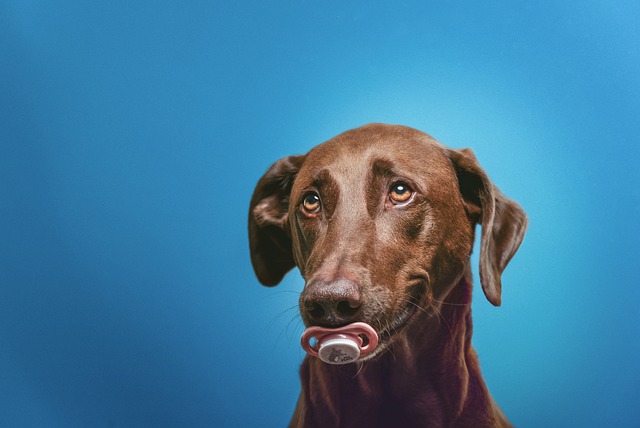
How can I tell if my dog's heatstroke is serious
Let’s be real: It’s a sticky August morning in Los Angeles, and you took your 2-year-old Golden Retriever, Max, for a walk a little later than usual
That first squint or crusty discharge around your dog’s eye tugs at every pet parent’s heart. It’s tempting to hope it’ll clear up on its own, but those puppy eyes deserve honest attention—some infections fade with care, others need professional help to avoid trouble.
Mild cases sometimes improve with gentle at-home care, especially if caught early. A little goop from dust or a stray eyelash might respond to warm compresses: dip a clean cloth in lukewarm water, wring it out, and hold it softly against the closed eye for 30 seconds. Repeat a few times a day to soothe irritation and wipe away debris. Always use a fresh cloth each time to avoid spreading germs.
But true bacterial or viral infections rarely disappear without intervention. Watch for redness that spreads, thick yellow or green discharge, or excessive tearing that soaks their fur. These signs often mean bacteria are multiplying, and letting them linger can damage the cornea—painful for your dog and pricier to treat later. Viral infections, like those from distemper, need vet care to manage symptoms and prevent complications.
 Certain breeds face higher risks, which changes the “wait and see” equation. Bulldogs, pugs, and other flat-faced dogs have eyes that protrude more, making them prone to scratches that turn into infections. Their wrinkles trap moisture too, creating perfect breeding grounds for bacteria. For these pups, even minor irritation should trigger a call to the vet sooner rather than later.
Certain breeds face higher risks, which changes the “wait and see” equation. Bulldogs, pugs, and other flat-faced dogs have eyes that protrude more, making them prone to scratches that turn into infections. Their wrinkles trap moisture too, creating perfect breeding grounds for bacteria. For these pups, even minor irritation should trigger a call to the vet sooner rather than later.
Never use human eye drops on dogs—what works for your dry eyes could harm their delicate tissues. Over-the-counter products for dogs exist, but ask your vet first. Some contain ingredients that interfere with prescription treatments, and misdiagnosing the issue (like confusing allergies with an infection) wastes time and prolongs discomfort.
Legal and ethical lines matter here, too. In many places, letting a painful condition fester could raise concerns about animal welfare. More practically, untreated infections can spread to the other eye or even the nasal passages, turning a simple issue into a systemic problem. Most vets offer same-day appointments for eye concerns—they know how quickly these things can escalate.
Recovery timelines vary, but proper treatment usually shows results within 48 hours. Follow your vet’s dosage instructions exactly, even if your dog seems better. Stopping antibiotics early can let bacteria rebound stronger, leading to recurring infections that are harder to kick. Keep their living space clean too—wash bedding in hot water and wipe down food bowls to reduce germ exposure.
Your dog can’t tell you when their eye hurts, but their behavior speaks volumes. Squinting, rubbing their face on furniture, or avoiding bright spaces are clear cries for help. Trust those cues over the “maybe it’ll pass” temptation. A quick checkup beats weeks of discomfort—and protects the vision they rely on to chase squirrels and find their favorite toys.
Some infections do resolve with diligent care, but guessing wrong carries too much risk. When in doubt, pick up the phone. Your vet has the tools to tell a minor irritation from something serious, and your dog will thank you with bright, clear eyes that light up every room they enter.

Let’s be real: It’s a sticky August morning in Los Angeles, and you took your 2-year-old Golden Retriever, Max, for a walk a little later than usual

You're enjoying a summer afternoon at the park when you notice your dog has stopped panting and appears disoriented - their gums are bright red

Let’s paint the picture: You’re in your Denver apartment, watching your 4-year-old Boston Terrier, Ruby, plop down mid-play session with her favorite toy

Many dog owners notice their pets nails seem shorter after regular walks,but how much does this daily activity actually help?The answer depends on where you walk—concrete sidewalks or asphalt streets gently file nails as a dog's paws hit the ground

Most dog owners notice their pup scooting across the carpet at some point, but few connect it to impacted anal glands. These small sacs near a dog’s rectum secrete a scent for marking territory

Most vets agree that regular dog teeth cleaning is key to avoiding painful dental issues later. For healthy adult dogs, a professional cleaning at the vet’s office every 12 to 18 months usually works well.